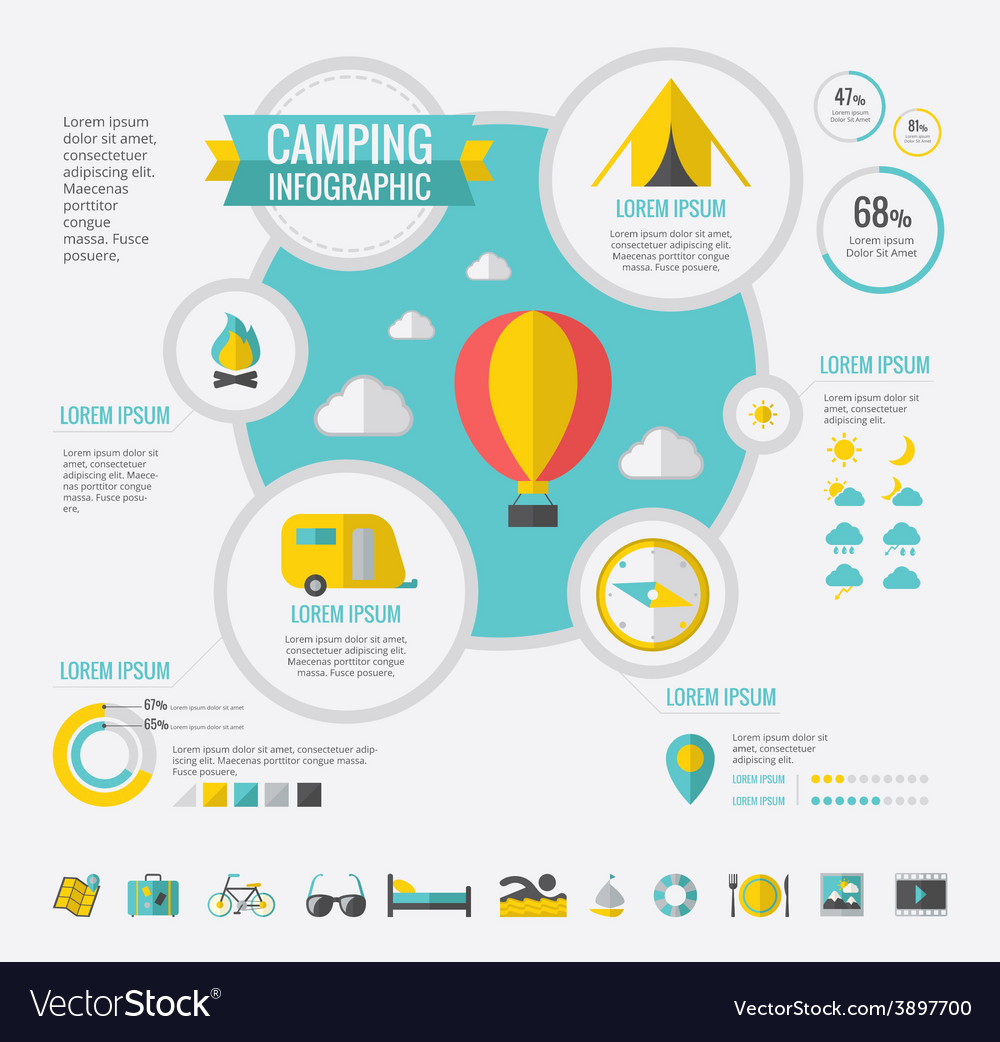Tips On How To Sell Camping Tents And Operate A Thriving Operation
Tips On How To Sell Camping Tents And Operate A Thriving Operation
Blog Article
Taking Photographs of the Evening Sky
A variety of elements can impact evening skies digital photography. From weather conditions to upcoming celestial events, you'll want to prepare ahead to guarantee success.
How do you survive a tent in the winter?
The shutter speed you select identifies whether stars appear as precise pin-points or trail across the image. A good rule of thumb is to limit the exposure to 500 seconds, or the matching of your lens's focal size.
Area
Among one of the most vital consider a good picture is where you take it. Go for areas with marginal light air pollution, and avoid locations that have brilliant city lights and skyscrapers.
Additionally, look for a location that uses foreground aspects to develop compositions with. For instance, dune patterns, wind-sculpted ridges and rocky outcrops can all supply appealing foreground aspects to help tell the tale of your evening skies picture.
It is additionally helpful to research study huge occasions such as meteor showers and lunar eclipses to maximize chances for excellent images. Making use of a device such as the Photographer's Ephemeris can be incredibly helpful when planning your shoots. It helps you to determine moon phases, Galaxy placement and various other huge events. Also, consider shooting in RAW format instead of JPEG as this gives you extra versatility when processing the images. This is specifically true if you plan to print your images.
Cam Settings
Getting the appropriate cam settings is important for any kind of picture, however especially so for evening sky images. A wide-angle lens is best for catching more of the Milky Way and reducing celebrity tracks, along with a much longer shutter speed to quit the motion of stars and reveal their information.
For a maximum degree of clearness, shoot in RAW format as opposed to JPEG, which enables you to preserve even more data and gives versatility during post-processing. This can likewise add to submit size, so see to it you have lots of storage space and added memory cards accessible.
Set your emphasis to manual concentrating by turning the AF/MF turn on your lens into MF setting. You may require to take a few examination shots and check the photo playback on your video camera's LCD display up until you achieve best, pinpoint hand-operated focus. It's an excellent idea to do this throughout the day with your chosen lens and the area you will be contending night, to validate the accuracy of your emphasis setting.
Illumination
A good night sky picture calls for the ideal conditions. This includes a dark skies, however additionally an interesting foreground component such as a mountain imminent, a lake to mirror the celebrities, or a human aspect like a barn or shed. You can also use a headlamp to brighten the foreground and add some pretty in tents drama or deepness to your image.
The most vital camera setups for evening sky photography are the aperture and shutter rate. The wider the aperture, the much more light that gets to the sensing unit. This allows you to catch intense stars in a reasonably short amount of time.
The shutter rate determines whether your celebrities will certainly be pin-point ideal or if they will look like star tracks as a result of the Earth's rotation. Make certain to take multiple long exposure shots and pile them in post-processing for the best results. Last but not least, shoot in RAW mode to provide on your own optimal latitude in post-processing.
Composition
The trick to attractive celebrity shots isn't a high-end telescope, a new wide-angle lens or a state-of-the-art Canon or Nikon video camera. It's method, preparation and make-up.
For starters, hunt your shoot location ahead of time to obtain a feel for the format and possible compositions. Think about including foreground elements such as rocks, a lake or alpenglow on the landscape to add character and passion to your images.
Keep in mind the Regulation of Thirds when composing your images. This simple principle assists equilibrium and unify images. It's likewise valuable for concentrating on points of interest in your picture, such as rock functions or the Galaxy. Additionally, remember to plan your shoots around moon phases-- shooting at a full moon can subdue celebrities and develop a silhouetted form, while firing on nights with a new moon can help you see constellations much more plainly.
Do canvas tents shrink?
